Textiles for Personal and Intimate Care
Textiles for Personal and Intimate Care; There is a large variety of textile products that are used for the personal health and hygiene care.
Clothing and textiles for disabled and elderly people. «Textiles for Personal and Intimate Care» http://www.vtt.fi/inf/pdf/tiedotteet/2002/T2143.pdf
They include wipes, diapers, sanitary and incontinence products, as well as disposable bed linen, hospital staff uniforms and isolation ward protective clothing.
They are often considered basic items because of their limited function, but even the simplest cleaning wipe can be made of a high specification material meeting stringent hygiene requirements.
Incontinence diapers
Are used to absorb the involuntary loss of urine and fecal excrements.
The diapers are categorized into light, moderate and heavy products, depending on the volume of moisture they can absorb.
They can be either singleuse, with a core of absorbing material and a soft nonwoven textile surface and a moisture barrier, or reusable.
In the latter case the diaper is made of an absorbent woven or knitted fabric, which retains its properties after a large number of
washings.
The most important property of diapers is their ability to absorb and retain leaked body fluid away from the skin, and protect the clothing or bed linen from soiling.
The diaper’s surface should be soft and remain dry after absorption to avoid skin irritation and to keep the skin dry. To reduce any social distress, it should also form a barrier for odours and be as thin as possible in order not to show under the clothing. In addition a diaper should be easy to use to maintain the independence of the user as far as possible.
There are a large number of different diaper designs for female and male users, to be used with or without support pants or incontinence briefs.
Absorbent underpads
Might be used for persons staying in bed, as an additional means to preserve the bed from wetness.
They consist of a soft nonwoven coverstock, an absorbent core and a liquid-impermeable backsheet.
Feeding bibs
Protect the user’s clothing against staining from food, and also protect the user against hot liquids.
Bibs can be made of a cotton surface fabric with a moisture impermeable backsheet. Disposable nonwoven fabrics or paper cloths coated with a thin plastic layer can also be used.
Paddings and protective shields
Are used for absorbing and attenuating shocks from falls and knocks e.g. sharp corners of furniture.
Such protective devices can help to reduce the risk of slight injuries but cannot eliminate them. Different kinds of foamed rubbers are used as shock absorbing materials.
The risk of fracture in the trochanteric area of the hip is a particular problem for elderly people.
It has been proved that hip protectors, which are inserted into pockets over the trochanteric area of specially designed underpants, significantly reduce the number of hip fractures.
As the fractures cause a persons long suffering and the community high costs in terms of healthcare, both health and economic savings can be achieved by using the hip protectors
Supportive braces
Are used to give support for people with weak backs and reduce the stress forces to the back.
They can be made of elastic or non-elastic fabrics, and are generally constructed of a soft inner layer (e.g. cotton flannel or tricot knit) and a firm outer layer fabric.
Supporting garments for hand, wrist, neck, knees and ankles are also available to ease some health problems and restrict unwanted movements.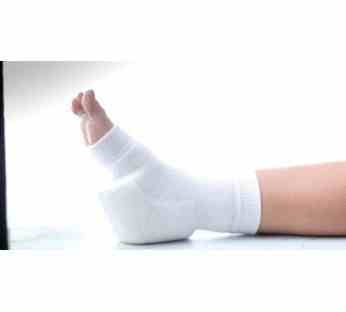
Compression stockings and socks are used to enhance the blood circulation in the lower extremities.
Underwear, Pijamas, Socks – skin contact:
The most important requirement of underwear, which is in permanent contact with the skin, is that it should feel pleasant (tactile comfort) and does not cause allergic reactions.
The way we sense clothing is very individual – some people can only wear silk underwear, while others feel it tacky on the skin. Many people prefer woollen underwear, particularly in the wintertime, while others cannot stand it due to the coarseness of the fibres.
The underwear material must therefore be chosen based on personal experience and preferences.
The underwear is a critical component in the moisture transmission from the skin to the environment.
The optimal situation is when the sweat can evaporate on the skin and be transmitted in vapour form through the clothing.
If this is not possible and the moisture remains in the liquid form, the liquid should not be absorbed in the underwear but instead transmitted from the skin to the outer layers of the clothing, in order to keep the skin dry.
Liquid transmission is generally better in synthetic fibre materials than in natural fibres.
The close contact between underwear and skin also affects service properties of outerwear, and the hygienic properties must be retained also after washing.
This is particularly the case for persons with incontinence, when the washing temperature must be high.




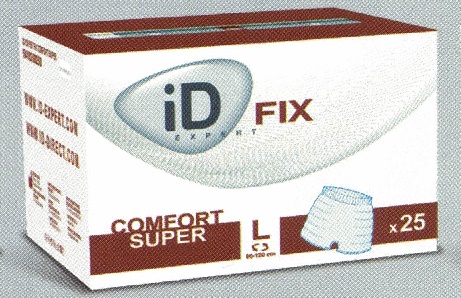
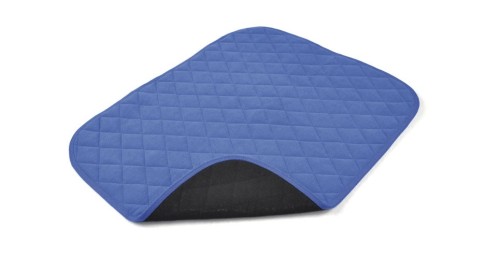
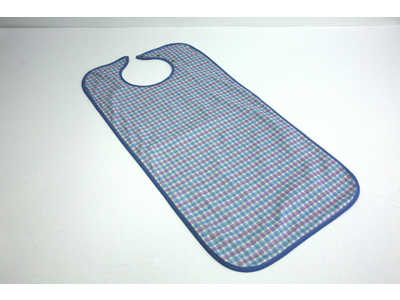
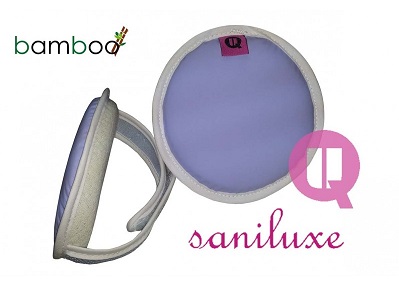
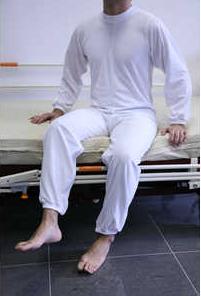
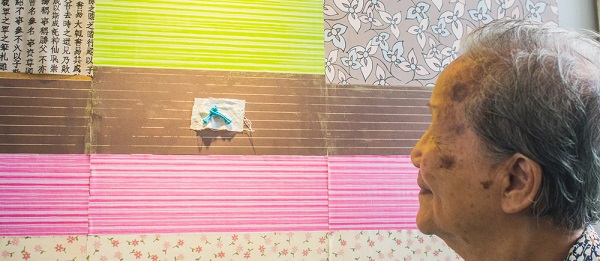
Deja una respuesta